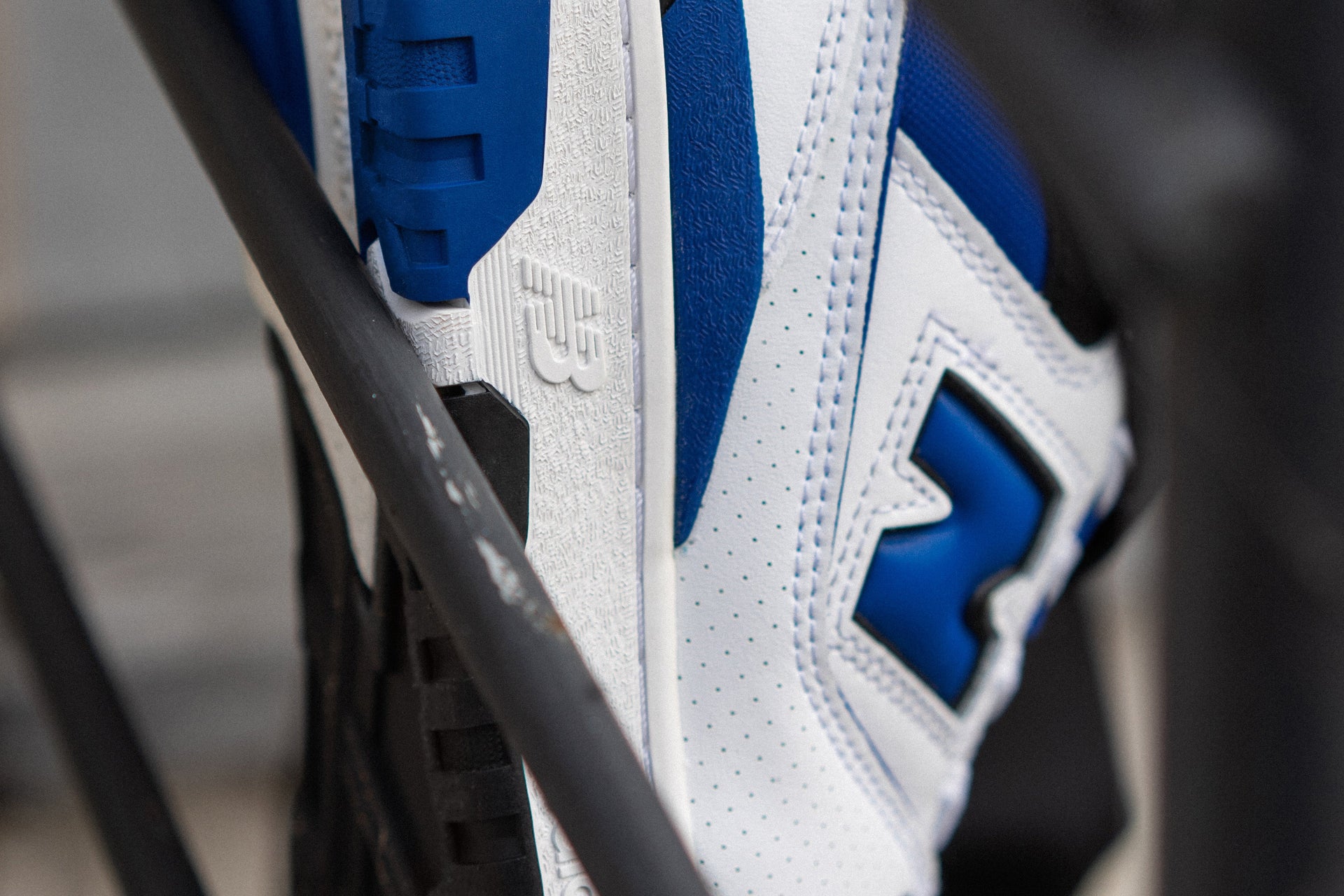Where else to start, other than right at the beginning? This is the history of New Balance. Before taking form as the sporting footwear and apparel brand we know on today’s market, New Balance actually began by producing specialise arch support and orthopaedic footwear for those who sought elevated comfort or simply - a ‘new balance’ in their step.
These days, New Balance takes pride of place in footwear collections across the globe, drawing high-profile collaborations from all four corners whilst spearheading a movements dictated by revisiting archival catalogues and highlighting all-new, all-exciting technology-ridden silhouettes.
The History of New Balance
New Balance have remained true to their core brand ethos since day one - providing well made, comfortable footwear for everyone from the biggest collector, or sportspeople competing in career-defining trials.
Founded in Boston
New Balance was the resulting brainchild of William J. Riley, an English immigrant who had made his home in Boston, Massachusetts and welcomed 1906 by manufacturing insoles - though, he soon realised there was only so far one brand could grow without a retail presence. Something had to change.
With the help of Arthur Hall, William J. Riley’s brand continued to grow and found itself on shopfloors in 1927; this personal, travelling salesman approach pushed New Balance ahead of competitors. Focus was then skewed towards those who highlighted everyday comfort as a necessity for healthy working life, supporting customers who spend every moment on their feet such as retail workers, employees of public service and physical labourers.

Following successful campaigns that targeted the core consumer, New Balance touched base with a more specialised client, venturing into athletic footwear and cementing their position within previously uncharted territory.
Early New Balance Styles
Riley’s first running shoe featured a crepe sole, kangaroo leather and surfaced in 1938. This laid foundation for 1941, when NB’s in house production team tried their hand at footwear specifically catering to athletes from tennis, boxing and baseball backgrounds.
Even more revolutionary ideas were to come - 1960 saw NB’s Trackster hit general sale, the first running shoe to offer a variety of width fittings away from a standard male ‘D’ and female ‘B’ measurements.
That iconic ’N’ logo saw light of day in 1976, sat proudly on both sides of a numerically low 320 model. Coincidentally, the 320 was voted as the market’s number one running shoe by Runner’s World magazine, don’t you think that’s beyond coincidental?
New Balance Technology
As you scroll tower-london.com, you’ll notice that many of our NB lines feature ENCAP branding at the heel without any means for explanation.
Keeping it brief, ENCAP is a stability wedge most commonly found at a style’s heel, combining two key brand materials for comfort. Beneath the surface is a reactive EVA soft foam core, surrounded and protected by a hardened polyurethane pod.
From 1986 onwards, ENCAP was the cornerstone for all things running to leave NB’s drawing board, first seen beneath the 995 runner.

Shop New Balance at TOWER
It’s fair to say that New Balance is more than just a sportswear brand - well, technically it always has been, however 1906 earmarked an important moment in the direction taken for progressive footwear development.
Another example of TOWER family history, we’re making quite the habit of this!
You can shop the styles pictured above and more, at TOWER.


